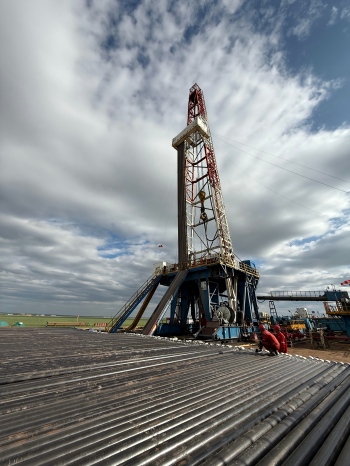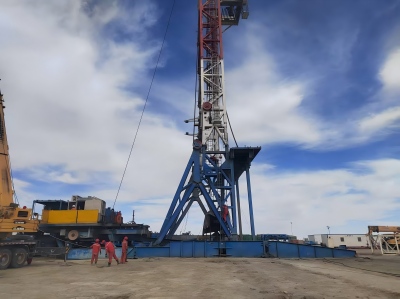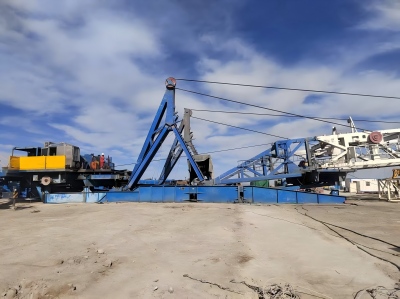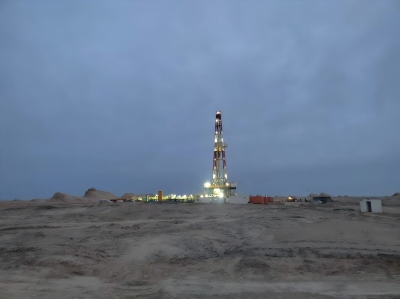1, Derrick or Mast
The derrick or mast is a tall, tower-like structure that supports the hoisting system. It provides the height needed to raise and lower drill pipes and casing during drilling operations. Modern rigs often use collapsible masts for easier transportation.
2, Substructure
Located at the base of the rig, the substructure provides support for the mast, rotary table, and other rig components. It also houses the cellar, which allows access to the wellhead for maintenance and operational tasks.
3, Hoisting system
The hoisting system consists of equipment used to lift or lower drill strings and casings, Its main components include:
Crown block: Positioned at the top of the derrick, it guides the drilling line.
Travelling block: Moves up and down the mast, connected to the hook.
Drawworks: A powerful winch that controls the drilling line and adjusts tension.
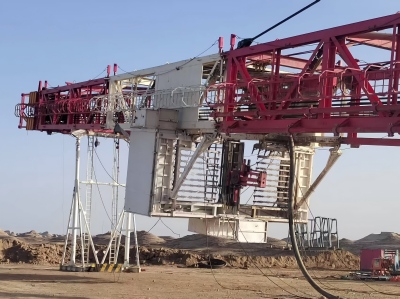
4, Rotary system
The rotary system facilitates the rotation of the drill bit, enabling penetration into subsurface formations. Key elements of this system include:
Rotary table: Provides rotational force to the drill string.
Kelly: A square or hexagonal pipe that transfer rotational energy from the rotary table to the drill string.
Top drive: An alternative to the rotary table, offering greater efficiency and control.
5, Drill string
The drill string is a series of connected pipes that transmit drilling fluid and rotational energy to the drill bit. It consists of:
Drill pipe: Standard pipe sections that make up the majority of the string.
Drill collars: Heavy pipes that provide weight to the drill bit for improved cutting performance.
6, Drill bit
Attached to the end of the drill string, the drill bit is the cutting tool that penetrates rock formations. Types of drill bits include:
1, According to design and cutting mechanism
- PDC(Polycrystalline diamond compact) Bit
-Natural diamond bit
-TSP(Thermally stable Polycrystalline)Bit
-Roller Cone Bits
Milled tooth bit(Steel-tooth bit)
-Insert Bit(Tungsten Carbide Insert, TCI Bit)
2, According to Application
-Core bits: Retrieve cylindrical rock samples for analysis.
-Reaming bits: Enlarge bore-hole diameter or smooth wellbore walls.
-Coring bits(diamond core bits): Used in exploration drilling for geological samples.
-Pilot bits: Small diameter bits used ahead of larger hole openers
-Hole openers/Under-reamers: Enlarge existing boreholes below casing shoes.

3, Specialty drill bits
-Be-center bit: Allows drilling and reaming in one run, useful for directional drilling
-Hole opener bit: Used after pilot hole drilling to enlarge borehole diameter
-Hybrid bit: Combines PDC cutters and roller cones for mixed formations
-Impregnated diamond bit:Matrix bit impregnated with fine diamond particles for very hard rock.
7, Circulatory system
The circulatory system manages drilling fluid, also known as mud, which lubricates the drill bit, stabilizes the wellbore, and removes cuttings. Key components include:
Mud pumps: Circulate drilling fluid through the drill string
Mud tanks: Store drilling fluid
Shale shakers: Separate cuttings from the drilling fluid for re-circulation.
8, Power system
The power system generates energy to operate various rig components, this include:
Engines: Typically diesel-powered, providing mechanical or electrical energy.
Generators: Convert mechanical energy into electrical power for the rig.
